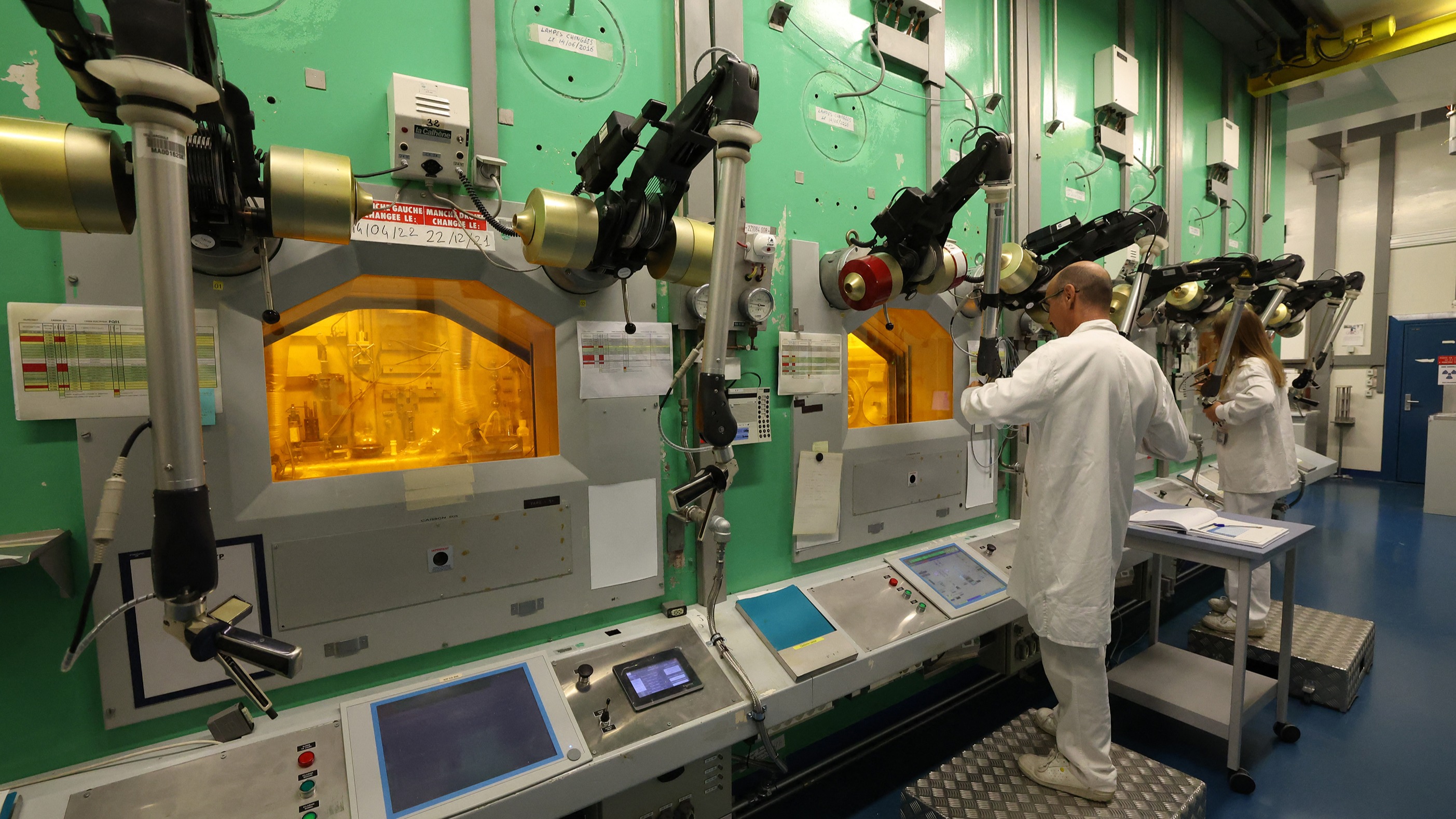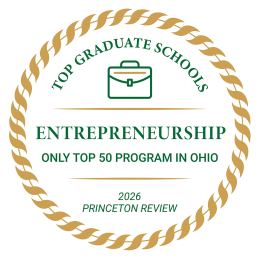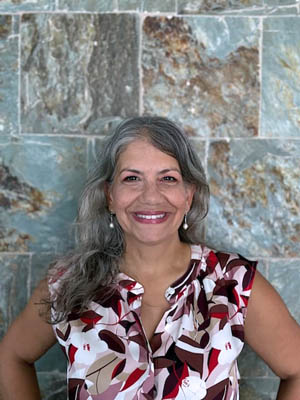Why Europe’s start-ups are betting $2bn on nuclear under Trump – fDi Intelligence

Report on Transatlantic Investment in Advanced Nuclear Energy and its Alignment with Sustainable Development Goals
A significant $2 billion foreign direct investment pledge in the United States’ advanced nuclear energy sector, led by European start-ups Newcleo and Blykalla in partnership with US-based Oklo, marks a critical step towards achieving several United Nations Sustainable Development Goals (SDGs). This collaboration focuses on developing next-generation fission technologies and establishing advanced fuel fabrication infrastructure, directly contributing to global targets for clean energy, sustainable industry, and climate action.
Strategic Alignment with SDG 7 (Affordable and Clean Energy) and SDG 9 (Industry, Innovation, and Infrastructure)
Investment in Clean Energy Infrastructure
The partnership aims to build advanced fuel fabrication and manufacturing facilities in the US, a major investment in sustainable infrastructure that supports global energy goals.
- Primary Investors: Paris-headquartered Newcleo and California-based Oklo, with potential participation from Swedish start-up Blykalla.
- Investment Scale: A $2 billion greenfield foreign direct investment pledge.
- Core Objective: To establish the necessary infrastructure for advanced nuclear reactors, addressing the rising demand for clean electricity driven by electrification and AI data centers, thereby supporting SDG 7.
Fostering Technological Innovation
The collaboration centers on next-generation nuclear technologies designed for enhanced safety and efficiency, which is a key component of SDG 9’s focus on innovation.
- Advanced Coolants: The companies are developing reactors that use liquid lead (Newcleo, Blykalla) and liquid sodium (Oklo) as coolants instead of water to increase efficiency.
- Policy Environment: The investment is bolstered by a favorable US policy environment, including executive orders and tax credits that support the nuclear industry’s role in a clean energy strategy.
Contribution to SDG 12 (Responsible Consumption and Production) and SDG 13 (Climate Action)
Advancing a Circular Economy for Nuclear Fuel
A central pillar of the initiative is the use of reprocessed nuclear waste as fuel, directly addressing SDG 12 by promoting sustainable production patterns and waste reduction.
- Recycled Fuel: Both Newcleo and Oklo are developing reactors fueled by reprocessed nuclear materials, transforming waste into a valuable energy resource.
- Multi-Fuel Facility: The collaboration could establish the first “advanced multi-fuel facility” in the US, creating a model for responsible management of nuclear materials.
- Validation: US policy changes allowing private sector access to spent nuclear fuel validate this circular economy approach, despite some safety concerns raised by experts.
Supporting Climate Action
By advancing a reliable, low-carbon energy source, this investment directly supports SDG 13’s mandate for urgent action to combat climate change.
- Decarbonization: Advanced nuclear power is positioned as a central element of the US clean energy and energy security strategy, crucial for decarbonizing the power grid.
- Bipartisan Support: There is broad political consensus on accelerating nuclear power adoption to meet climate goals and energy demands.
Enhancing SDG 17 (Partnerships for the Goals)
A Landmark Transatlantic Collaboration
This agreement represents a novel form of private-sector international cooperation, highlighting the importance of global partnerships in achieving sustainable development, as outlined in SDG 17.
- Pioneering Partnership: The deal is described as a “first of its kind between next-generation reactor developers in Europe and the US.”
- Collective Action: Industry bodies like the World Nuclear Association emphasize that such “collective action” is essential to build the infrastructure required for advanced nuclear technologies, solving the “chicken and egg” problem of fuel supply and demand.
- Global Impact: The partnership is seen by organizations like Nucleareurope as a model for EU-US cooperation that supports the global expansion of nuclear capacity to meet climate and energy targets.
Analysis of Sustainable Development Goals in the Article
1. Which SDGs are addressed or connected to the issues highlighted in the article?
-
SDG 7: Affordable and Clean Energy
- The article focuses on the development of “advanced nuclear power” which is positioned as a central part of a “clean energy and energy security strategy” designed to meet “soaring power demand”.
-
SDG 9: Industry, Innovation and Infrastructure
- The core of the article is a $2bn investment deal to “jointly build advanced fuel fabrication and manufacturing infrastructure” and develop “next-generation fission technologies,” highlighting innovation and industrial development.
-
SDG 12: Responsible Consumption and Production
- The technology discussed aims to make nuclear generation more sustainable. Specifically, the reactors being developed are “fuelled by reprocessed nuclear waste” and use “recycled fuel to minimise waste,” directly addressing waste reduction and recycling.
-
SDG 13: Climate Action
- By promoting nuclear power as a “clean energy” source and expanding its capacity, the policies and investments discussed contribute to climate change mitigation efforts, as nuclear power is a low-carbon energy source. The US government’s support for nuclear is framed within its “clean energy” strategy.
-
SDG 17: Partnerships for the Goals
- The article is centered on a “transatlantic deal” and “co-operation between EU and US nuclear industries.” It describes the agreement as a “first of its kind between next-generation reactor developers in Europe and the US,” emphasizing international collaboration.
2. What specific targets under those SDGs can be identified based on the article’s content?
-
Under SDG 7 (Affordable and Clean Energy):
- Target 7.2: By 2030, increase substantially the share of renewable energy in the global energy mix. The article discusses advanced nuclear as a key part of the “clean energy” strategy to meet rising electricity demand, contributing to the diversification of the energy mix away from traditional fossil fuels.
- Target 7.a: By 2030, enhance international cooperation to facilitate access to clean energy research and technology. The transatlantic partnership between Newcleo, Oklo, and Blykalla to develop and deploy next-generation nuclear technology is a direct example of this target in action.
-
Under SDG 9 (Industry, Innovation and Infrastructure):
- Target 9.4: By 2030, upgrade infrastructure and retrofit industries to make them more sustainable. The plan to “build advanced fuel fabrication and manufacturing infrastructure” that supports cleaner and more efficient nuclear energy aligns with this target.
- Target 9.5: Enhance scientific research, upgrade the technological capabilities of industrial sectors. The entire initiative is focused on developing and deploying “next-generation fission technologies” and “small modular reactors,” which represents a significant technological upgrade for the nuclear industry.
-
Under SDG 12 (Responsible Consumption and Production):
- Target 12.5: By 2030, substantially reduce waste generation through prevention, reduction, recycling and reuse. The reactors developed by Newcleo and Oklo are designed to be “fuelled by reprocessed nuclear waste” and use “recycled fuel to minimise waste,” directly addressing this target.
-
Under SDG 17 (Partnerships for the Goals):
- Target 17.6: Enhance North-South, South-South and triangular regional and international cooperation on and access to science, technology and innovation. The article details a “transatlantic co-operation” between European and US companies to advance nuclear technology.
- Target 17.17: Encourage and promote effective public, public-private and civil society partnerships. The private sector collaboration described in the article is spurred by public policy, such as the Trump administration’s executive orders and tax credits, showcasing a public-private dynamic.
3. Are there any indicators mentioned or implied in the article that can be used to measure progress towards the identified targets?
-
Financial Investment as an Indicator:
- The “$2bn deal” is a specific financial metric. The article notes this is the “second biggest greenfield foreign direct investment pledge into US nuclear energy on record.” This quantifies the scale of international investment (an indicator for Target 7.a and 17.6) in sustainable infrastructure and technology.
-
Technological Development as an Indicator:
- The development and deployment of “next-generation fission technologies,” “small modular reactors,” and an “advanced multi-fuel facility” serve as qualitative and milestone-based indicators of progress in innovation and upgrading industrial capabilities (Indicator for Target 9.5).
-
Waste Reduction and Recycling as an Indicator:
- The successful operation of reactors “fuelled by reprocessed nuclear waste” would be a direct measure of progress towards waste reduction and recycling goals (Indicator for Target 12.5).
-
Formation of Partnerships as an Indicator:
- The establishment of the partnership itself—described as a “first of its kind between next-generation reactor developers in Europe and the US”—is a clear indicator of enhanced international cooperation (Indicator for Target 17.6 and 17.17).
4. Table of SDGs, Targets, and Indicators
| SDGs | Targets | Indicators Identified in the Article |
|---|---|---|
| SDG 7: Affordable and Clean Energy | 7.a: Enhance international cooperation to facilitate access to clean energy research and technology. | The $2bn transatlantic deal to invest in advanced nuclear energy technology. |
| SDG 9: Industry, Innovation and Infrastructure | 9.5: Enhance scientific research, upgrade the technological capabilities of industrial sectors. | Development of “next-generation fission technologies” and “small modular reactors”. |
| 9.4: Upgrade infrastructure to make them sustainable. | Plan to build “advanced fuel fabrication and manufacturing infrastructure”. | |
| SDG 12: Responsible Consumption and Production | 12.5: Substantially reduce waste generation through recycling and reuse. | Development of reactors “fuelled by reprocessed nuclear waste” to “minimise waste”. |
| SDG 17: Partnerships for the Goals | 17.6: Enhance international cooperation on science, technology and innovation. | The “first of its kind” partnership between European (Newcleo, Blykalla) and US (Oklo) nuclear developers. |
| 17.17: Encourage effective public-private partnerships. | Private sector investment ($2bn deal) spurred by government policies (executive orders and tax credits). |
Source: fdiintelligence.com
What is Your Reaction?
 Like
0
Like
0
 Dislike
0
Dislike
0
 Love
0
Love
0
 Funny
0
Funny
0
 Angry
0
Angry
0
 Sad
0
Sad
0
 Wow
0
Wow
0
















































/environment-climate-change-and-health-(ech)/water-sanitation-hygiene-and-health-(wsh)/landfill-tuvalu-36092.tmb-1200v.jpg?sfvrsn=5c21fe40_1#)

.jpg.webp?itok=0ZsAnae9#)


























